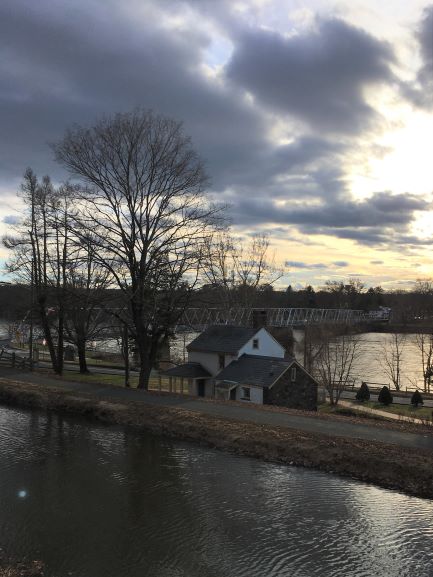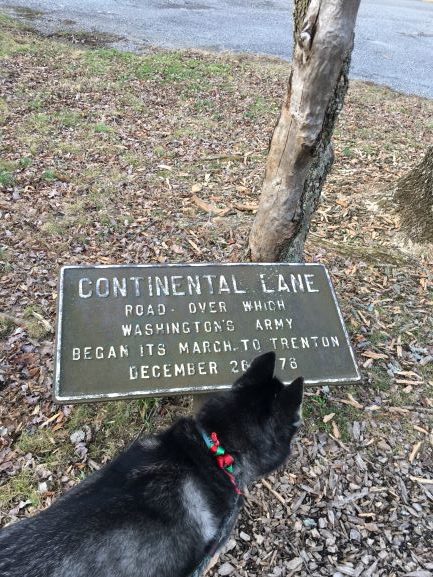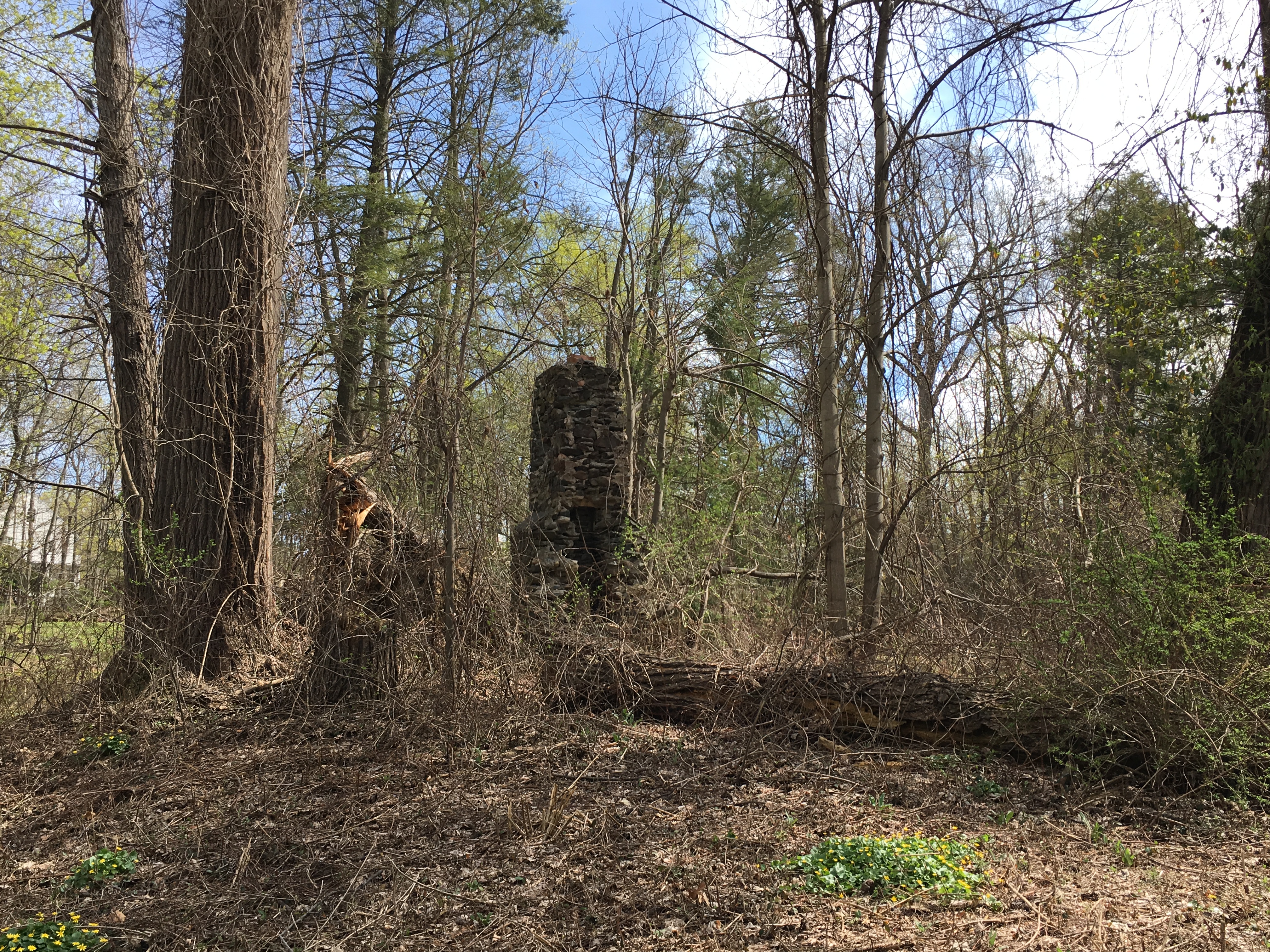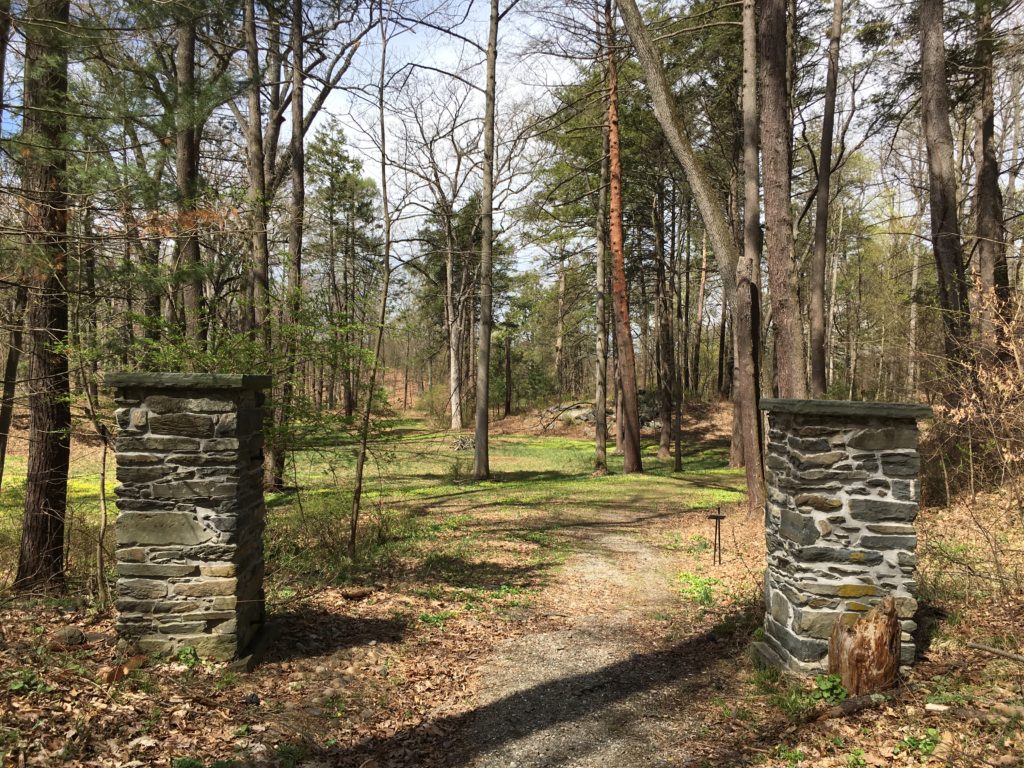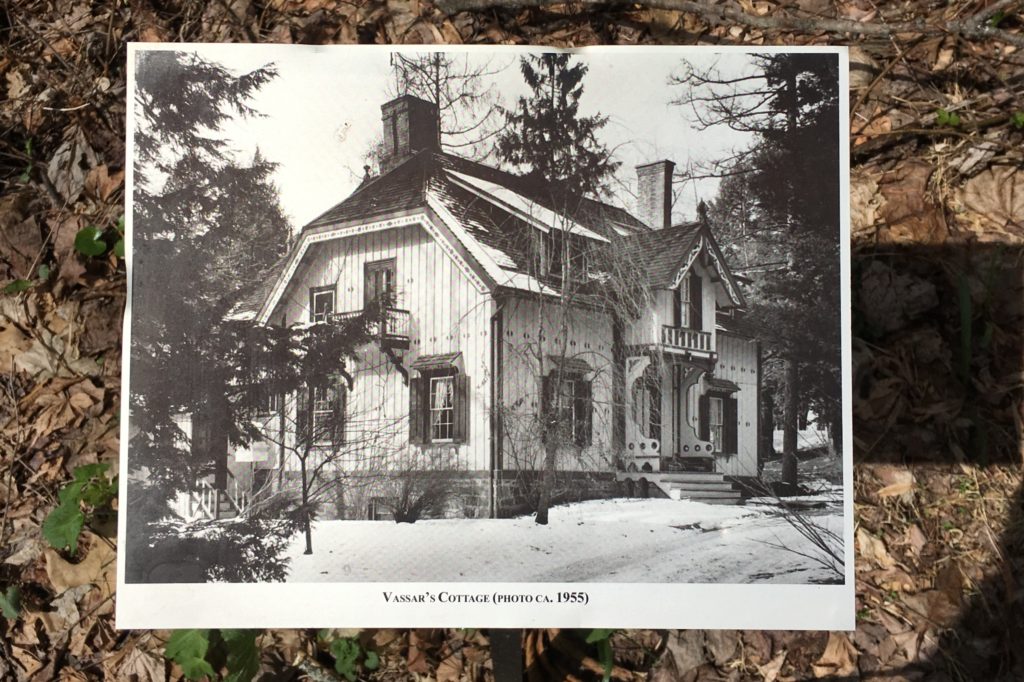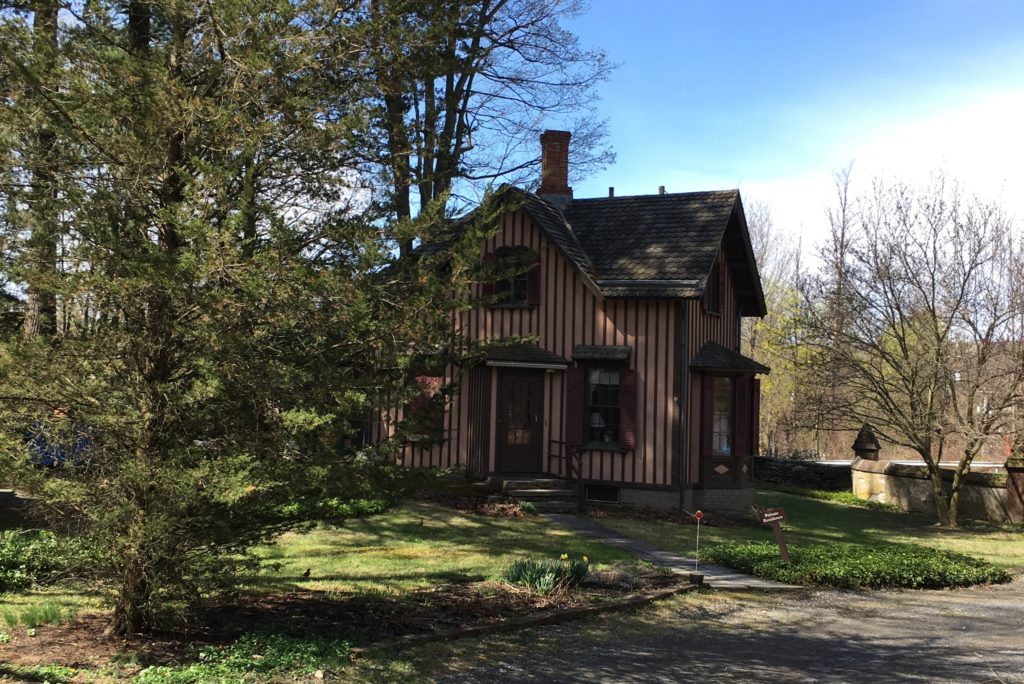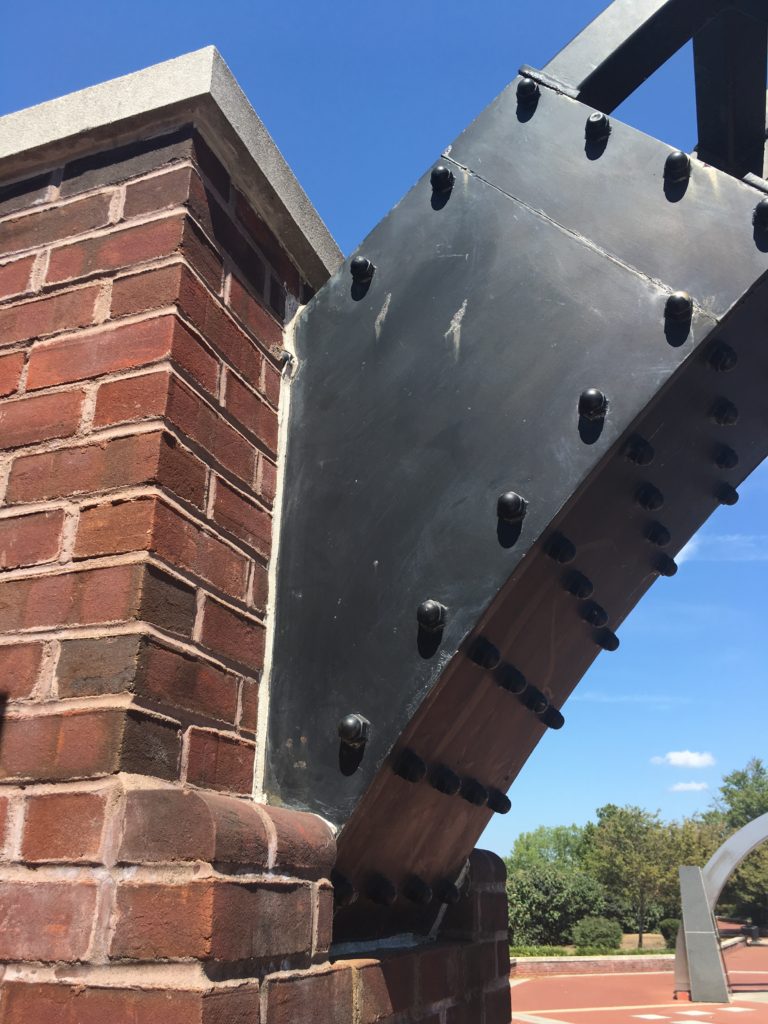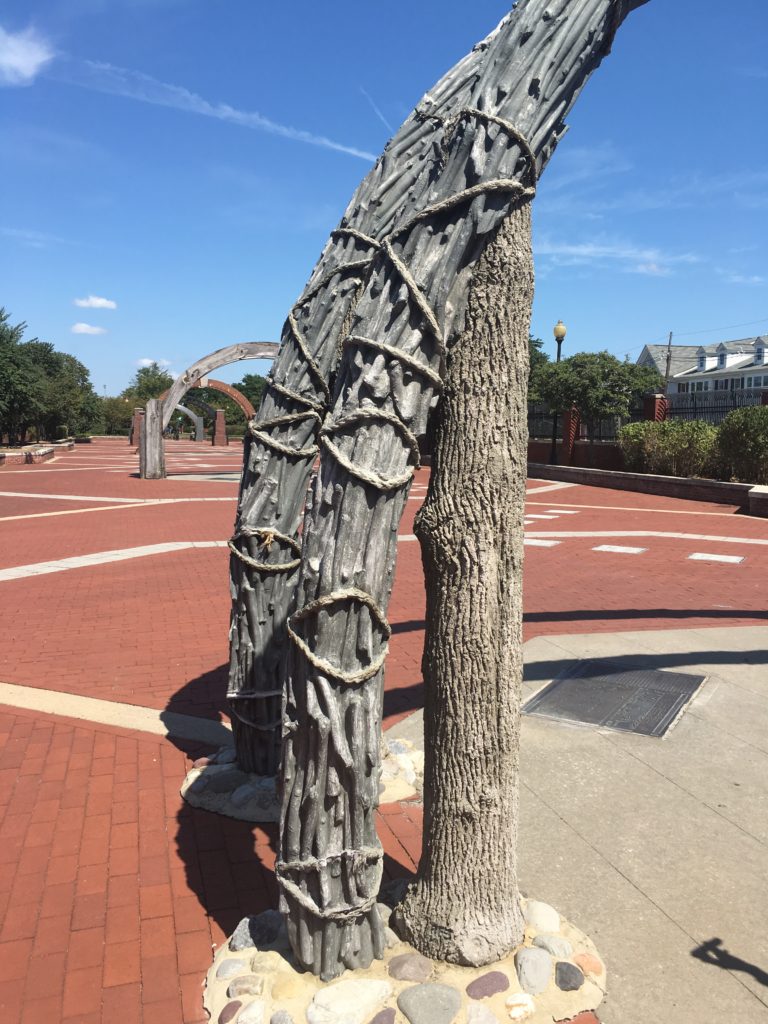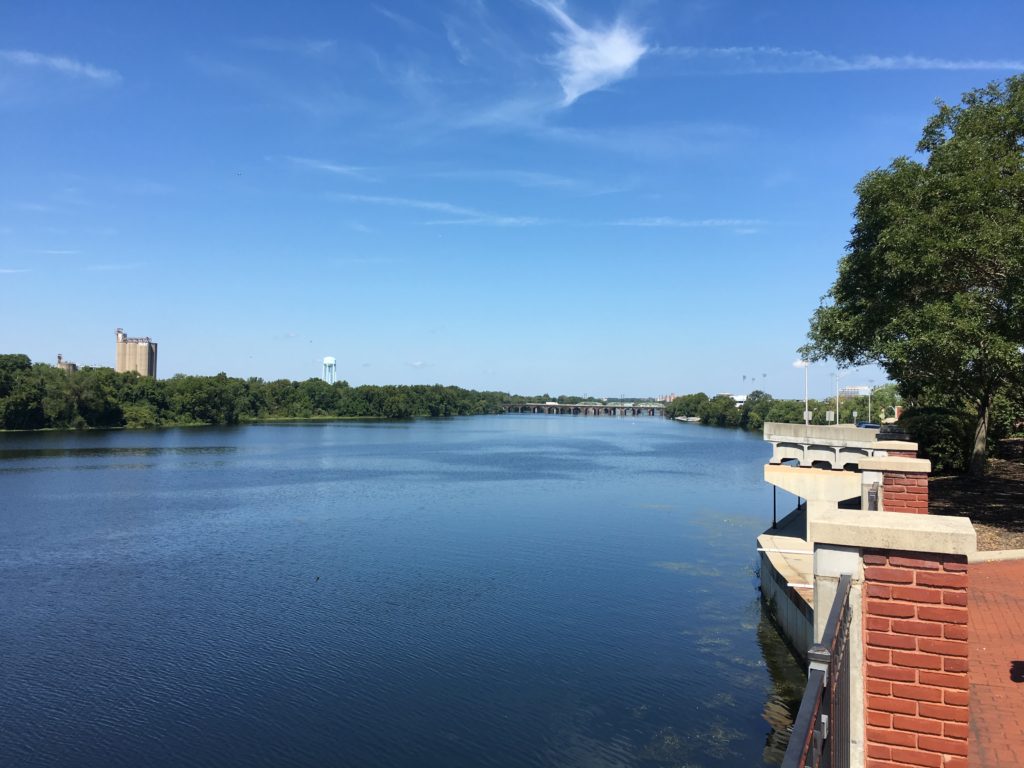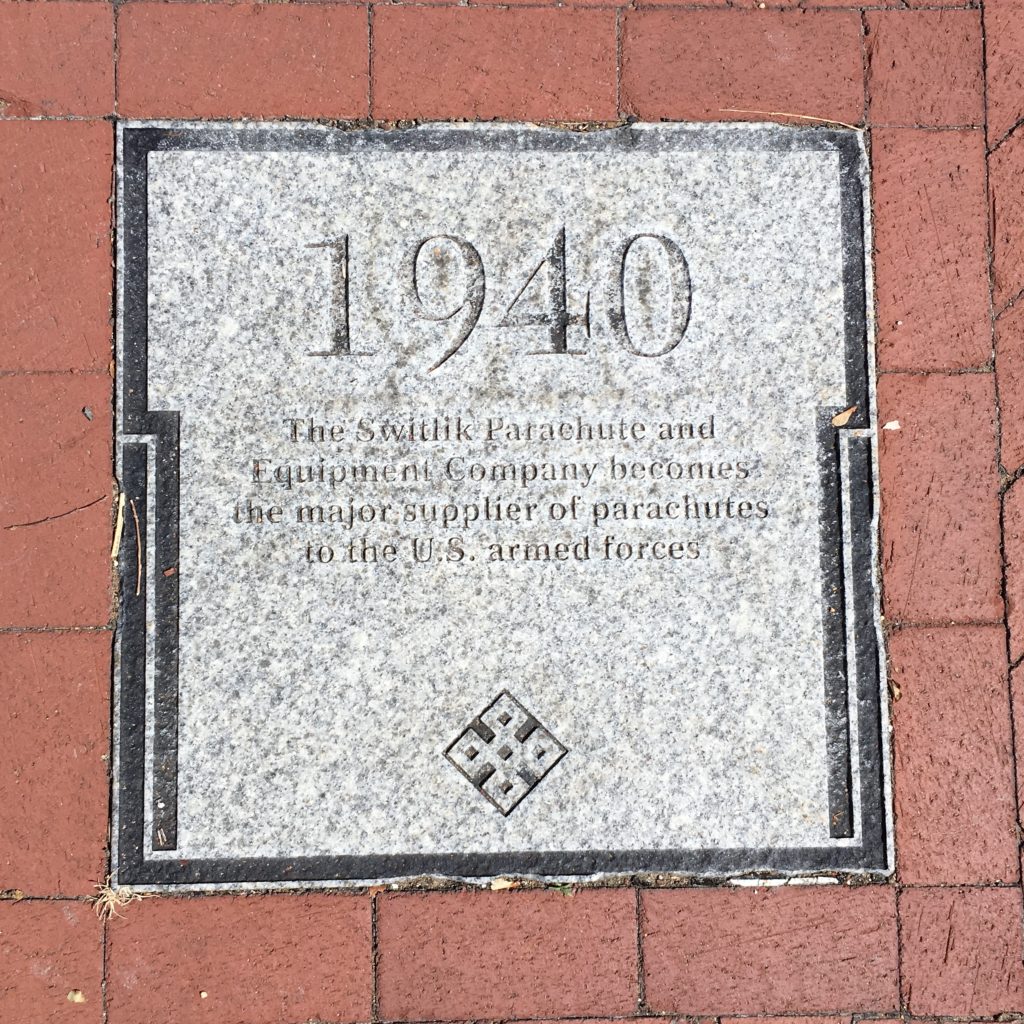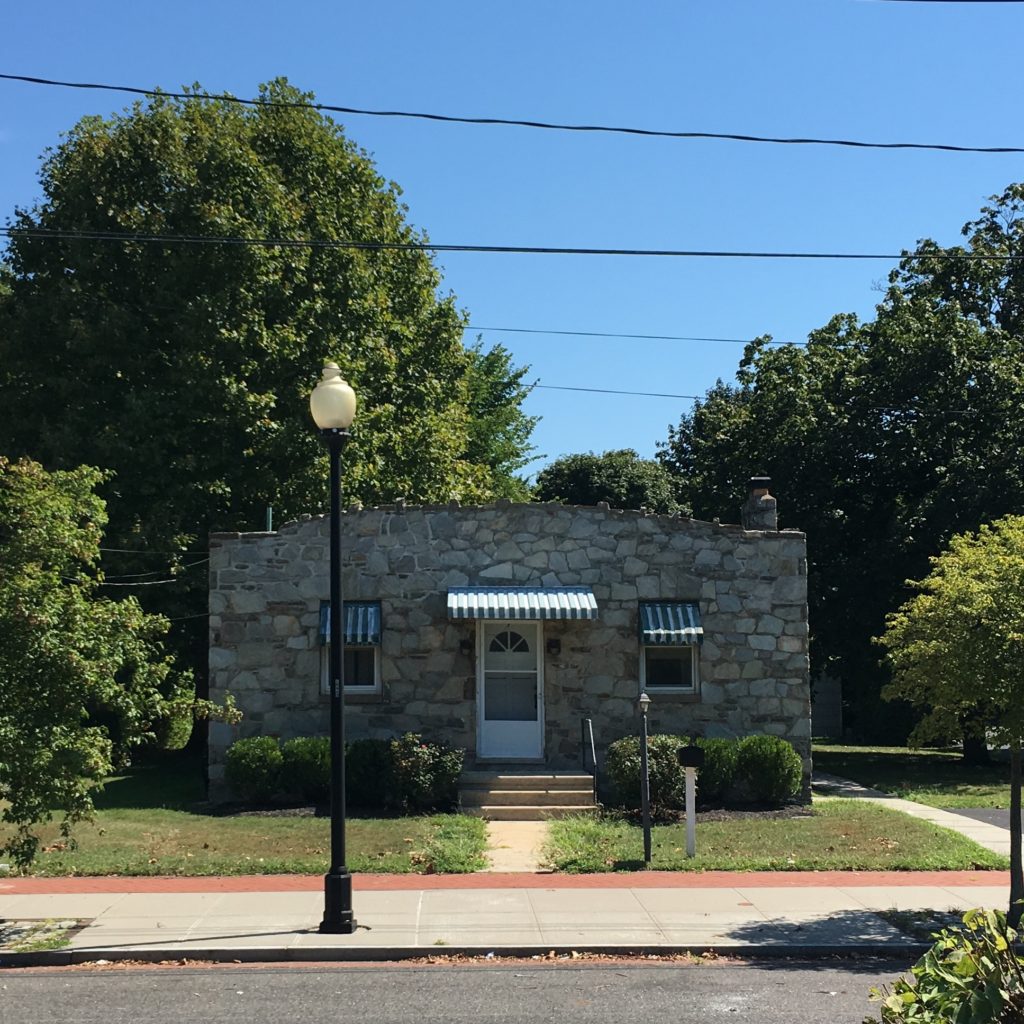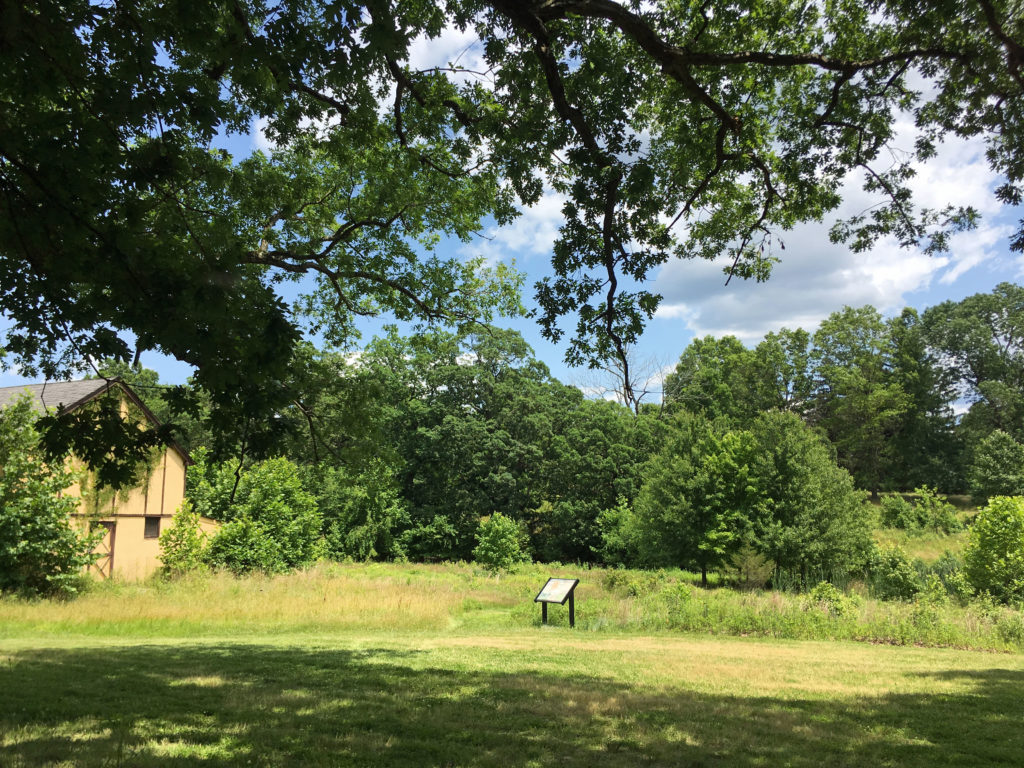
Cadwalader Park was created by the city of Trenton in 1888 from land previously owned by Dr.Thomas Cadwalader. In 1890, Frederick Law Olmstead (best known for designing New York City’s Central Park) was hired to create a design for Trenton’s new park.
Prior to Olmstead’s involvement, the city had already started displaying animals in a “zoological garden.” After Trenton dropped Olmstead’s firm for financial reasons, the city added a deer paddock–which Olmstead opposed–on the west side of the park. Olmstead had other plans for that area, called the Western Ravine:
In the broader wooded valley at the west end of the park, Olmsted planned a series of pools that was reminiscent of the Pool and Loch of upper Central Park…The Preliminary Plan of 1891 shows most of the Ravine taken up by five naturalistic pools…with a connecting stream. The three lower pools are shown surrounded with dense vegetation, while the borders of the two upper pools are somewhat more open and more visible from the adjoining meadow areas. These upper pools have four beach areas where the nearby path expands to form a shallow wading area.
Cadwalader Park Master Plan, 1998
Much of Olmstead’s plan was not constructed, and many modifications to the design were made the city. A deer paddock was built in 1895, and a sheep house and elk house were also added. By 1906, the park zoo included not only nine fallow deer, but over a dozen other types of animals, including coyotes, alligators, bears, monkeys, and a kangaroo. Two animal barns were added in the western ravine, which are still standing.


The park declined in the 1970s (although the city’s museum, Ellarslie, was created in 1978 in the former monkey house). Deer were kept in the paddock until about ten years ago. As part of a master plan to restore Cadwalader Park, The D&R Greenway Land Trust, the City of Trenton, and several other partners united to restore the paddock area to a more natural meadow and wetland environment. Where once captive deer lived behind a fence, white-tailed deer now run wild.



